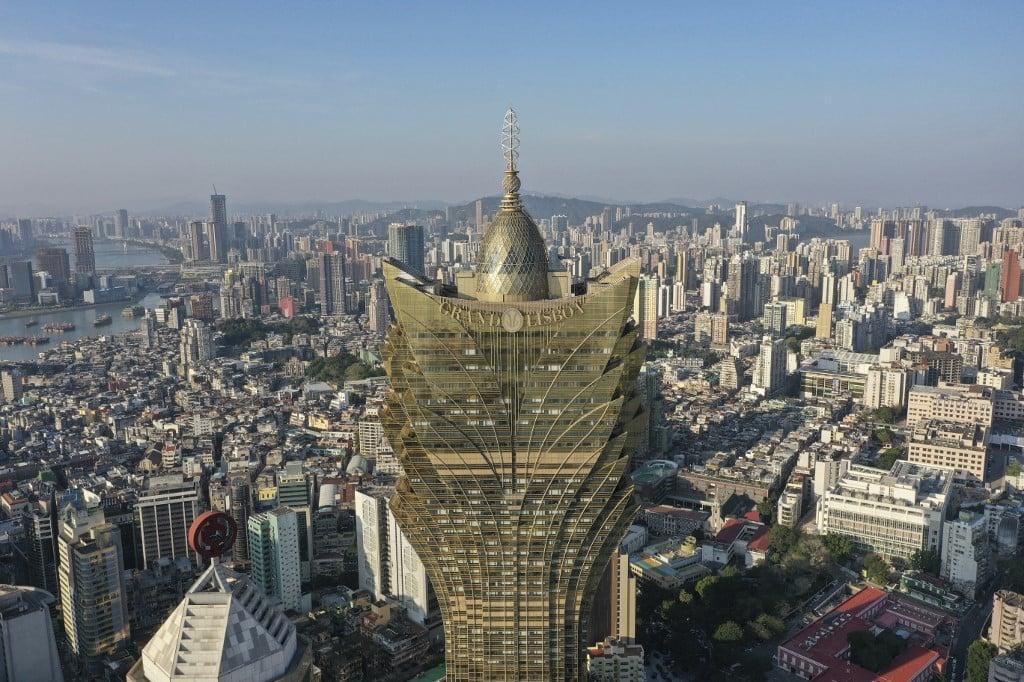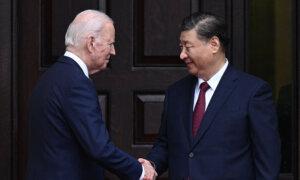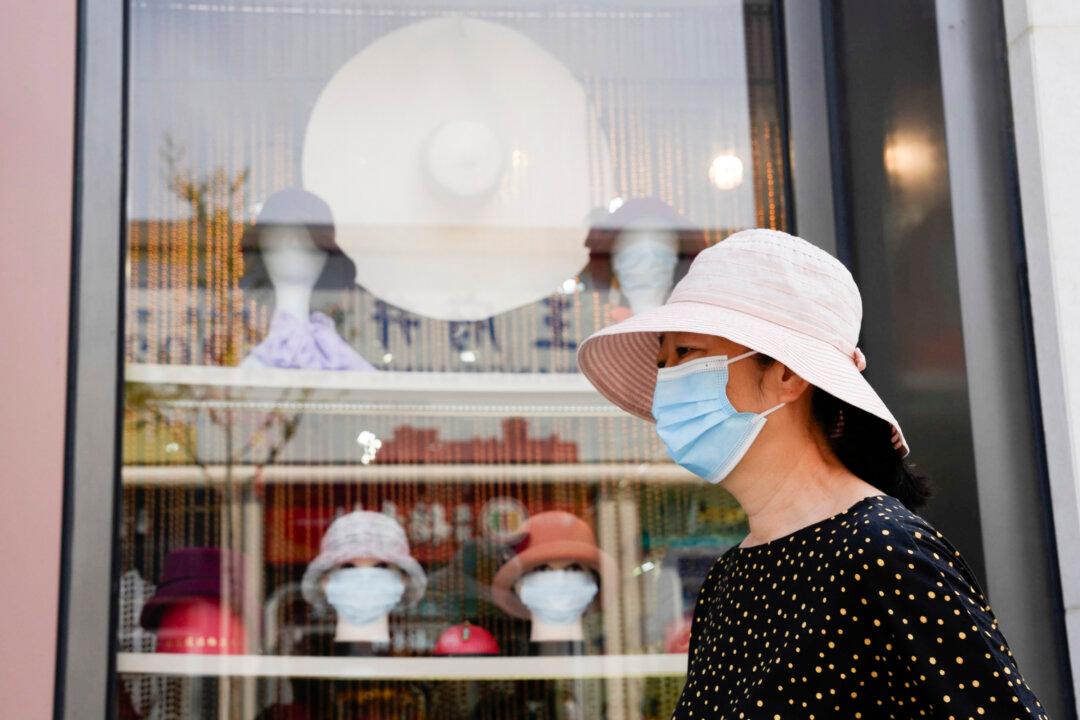“Global Finance” recently announced the ranking of the world’s wealthiest countries (or regions) in 2024. Hong Kong trailed Taiwan this time around, and ranked 15th. For other places, Macau came second, while mainland China was at 78th, far behind other advanced Asian economies.
The report shows that many of the rich places are small countries (or regions). And even worldwide calamities such as COVID-19, the global economic slowdown, and geopolitical tension have done little to dent the vast wealth of these economies. This is manifested in the small European country Luxembourg being ranked first, Macau in second, followed by Ireland and Singapore in third and fourth, respectively.
Next come Qatar and the United Arab Emirates, at fifth and sixth; both are super rich with their huge reserves of hydrocarbons or other valuable natural resources. However, some small but very wealthy countries, such as Luxembourg, San Marino (in eighth place), and Switzerland in seventh place, all benefit from their advanced financial sectors and tax systems, attracting foreign investment, professional talents, and huge bank deposits.

In a time of high inflation and geopolitical tensions, what exactly does it mean to say a country is rich? If measured solely by gross domestic product (GDP), the United States should have won hands down, while small countries like Luxembourg would never be able to compete with the economic giants. However, GDP measures just the value of all goods and services produced in a country, so judging a country’s wealth solely on GDP can hardly correctly reflect the people’s well-being. Global Finance points out that dividing gross GDP by the number of residents, or GDP per capita, is a better metric to determine how rich or poor a country’s population is, relative to another.
However, there is still a problem with using GDP per capita: the same income can buy very little in some countries, but much more in other places. Therefore, to measure how wealthy a country’s citizens are, it is necessary to comprehend their purchasing power as well. In that perspective, “Global Finance” believes that while comparing the per capita GDP of various countries, it should also be adjusted according to purchasing power parity (PPP). In this way, inflation and the prices of goods and services in each country and region can be taken into account, and it can better reflect people’s affluence.
Based on the above evaluation criteria, Luxembourg, a small country in Europe, has become the richest country in the world. The country’s PPP-adjusted GDP per capita is US$143,743. “Global Finance” said that this small country, with a population of about 670,000, located in the heart of Europe, uses much of its wealth to provide better housing, health care, and education for its citizens, making its people enjoy by far the highest standard of living in the Eurozone.
For Macau, its economy rebounded after the COVID-19 pandemic and is ranked second this time round, with PPP-adjusted GDP per capita of US$134,141. It benefits mainly from its tourism and gaming industries. The “Global Finance” report believes that Macau is still an independent member of the World Trade Organization (WTO) and can provide an environment that is more effective for investors compared with Chinese domestic enterprises and has relatively fewer restrictions on foreign investment.

The United States, the world’s biggest economy, ranks ninth, with a PPP-adjusted GDP per capita of US$85,373. The United States, which has lingered just below tenth place for much of the past two decades, entered the top ten for the first time in 2020. Its ranking remains the same as it was in 2023.
The United States has maintained robust growth momentum in the past two years. In April this year (2024), the International Monetary Fund (IMF) raised its 2024 U.S. economic growth forecast to 2.7 percent (0.6 percent higher than the organization’s forecast a few months ago).
Taiwan ranks 14th in the list, with a PPP-adjusted GDP per capita of US$76,858. This is the same ranking as in 2023 and surpasses Hong Kong (15th), which is one of Asia’s financial centers. The report points out that Taiwan is the global leader in semiconductor manufacturing, contributing more than 60 percent of the world’s semiconductor raw materials and more than 90 percent of the world’s most advanced chips. At the same time, Taiwan has a well-established corporate institutional framework, which enhances its attractiveness to foreign investors.
Hong Kong trails Taiwan this time around, ranking 15th, with a PPP-adjusted per capita GDP of US$75,128. The “Global Finance” report emphasizes that Hong Kong used to be a booming free market economy that was popular with foreign investors. As a global center for trade, finance, and tourism, it prides itself on its first-class infrastructure, robust banking system, and impartial judiciary. However, after the legislation of the National Security Law (NSL) and “Article 23,” investors have concerns about the independence and freedom of Hong Kong’s legal system, as well as the Hong Kong dollar peg with the greenback.

Those mentioned above are the regions (or countries) in Asia that rank in the top 20, ahead of South Korea (30th) and Japan (36th). China’s PPP-adjusted GDP per capita is US$25,015, at 78th, far behind other advanced Asian economies.
Among the top 20, European countries account for 10 of them, including Luxembourg (1), Ireland (3), Switzerland (7), San Marino (8), Norway (10), Denmark (12), the Netherlands (16), Iceland (17), Austria (19), and Sweden (20).






